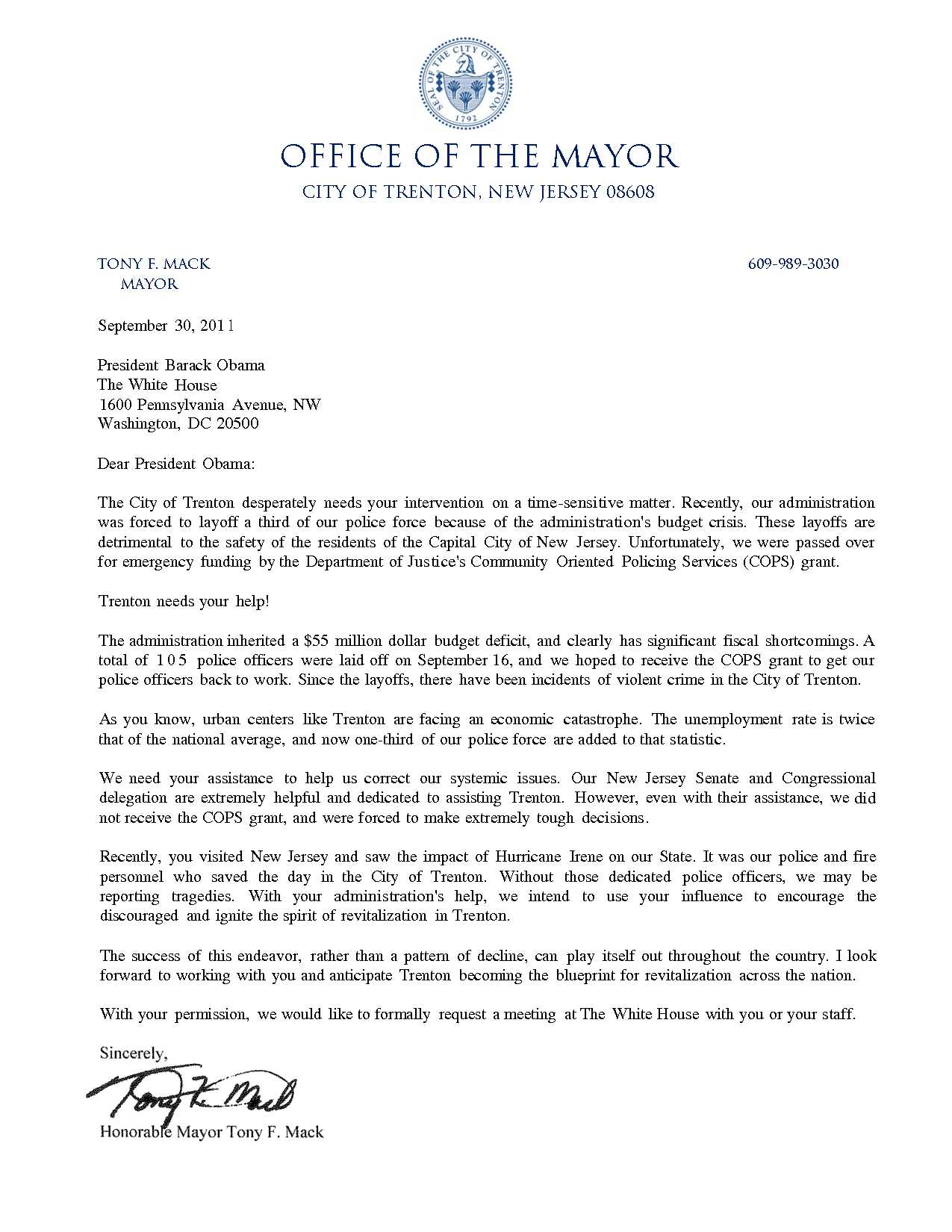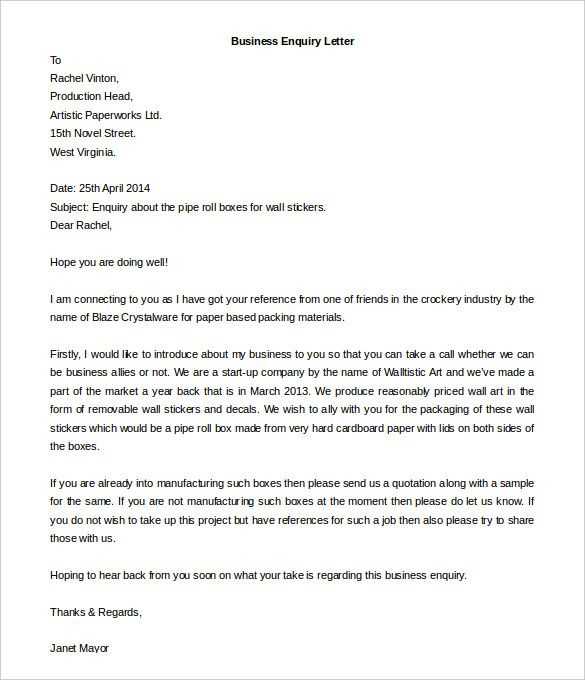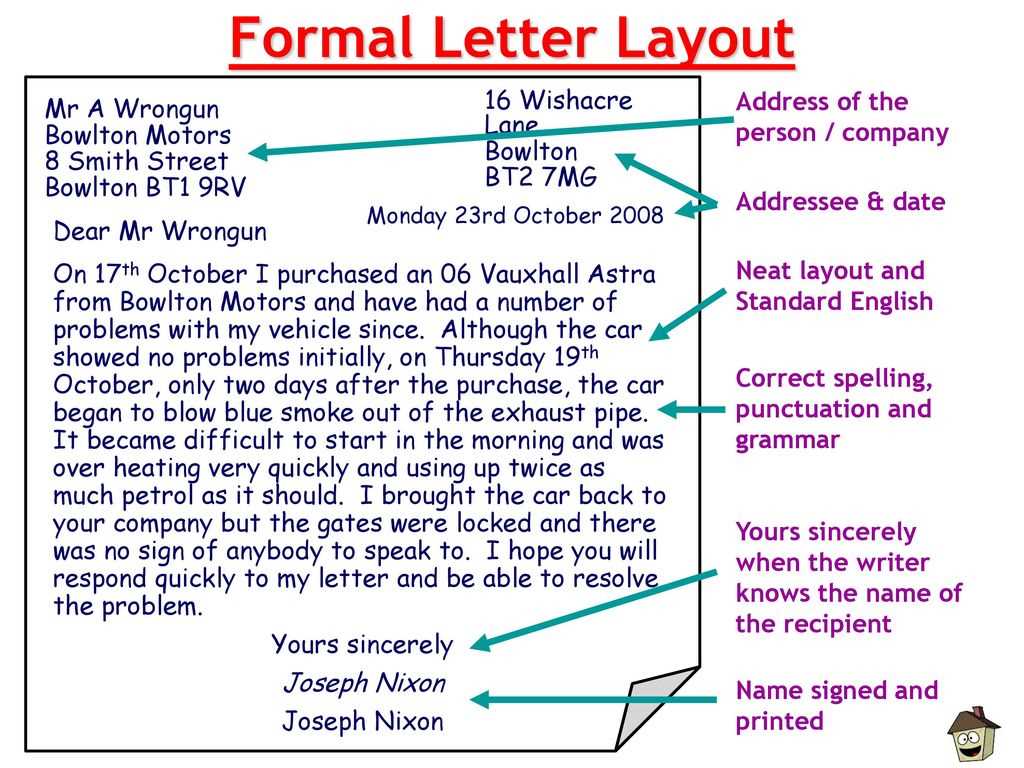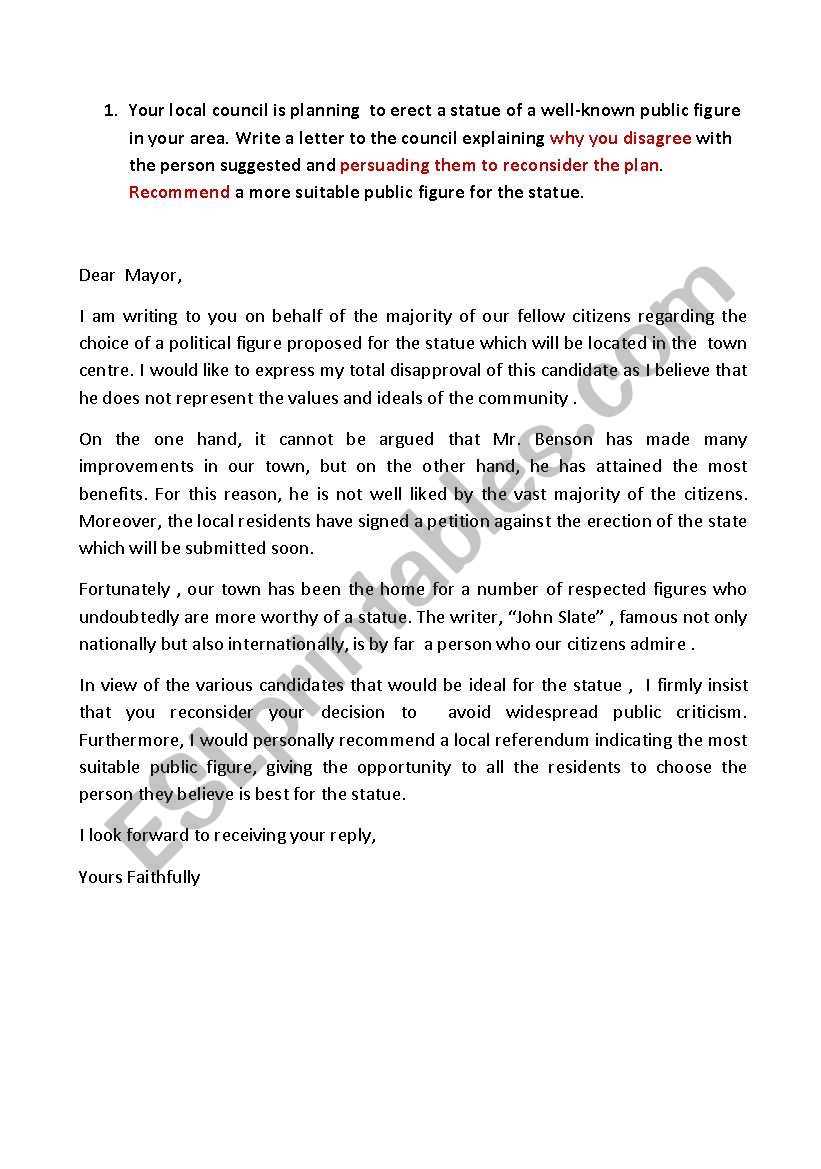Template for Writing a Letter to Your Mayor

When addressing a local government leader, it is important to present your concerns or requests in a clear and formal manner. A well-crafted communication can make a significant impact and increase the likelihood of your message being taken seriously. This section explores how to structure your message to ensure it is professional and effective.
Key Elements for a Strong Message
To make your message stand out, certain elements are essential. Begin by clearly stating your purpose, followed by relevant details to support your request or concern. Avoid overly complex language, and focus on clarity and precision. Make sure to conclude with a polite call to action or request for response.
Starting with a Clear Introduction
Your introduction should briefly explain the reason for writing. Keep it concise while providing just enough context to help the recipient understand the purpose of the communication. An introduction sets the tone for the rest of the message and establishes a respectful approach.
Presenting the Issue or Request
After the introduction, elaborate on the issue or request at hand. Provide any necessary background information, facts, or examples that help illustrate your point. Being specific and factual will add credibility to your message.
Maintaining Professionalism

Maintaining a professional tone throughout the communication is crucial. Use formal language and avoid slang or informal expressions. Be respectful, even if you’re addressing a concern or issue, as this ensures your message is received in the intended manner.
Closing with Courtesy

End the communication by expressing appreciation for the recipient’s time and attention. A polite closing is essential to leave a positive impression and to encourage a response. You may also offer further contact information if appropriate.
Review and Proofread
Before sending your message, carefully review it for clarity, tone, and any grammatical errors. A well-polished message demonstrates respect for the recipient and shows your seriousness in the matter.
Examples of Effective Communication
Here are a few examples of how different scenarios can be approached:
- Request for a public service improvement: A concise explanation of the issue, followed by a clear suggestion for improvement.
- Community event invitation: A formal but inviting tone, with key details and a call to action for attendance.
- Follow-up on a previous concern: A polite reminder of past communication with an update or request for further action.
Creating a Professional Message for Local Officials
When reaching out to a local government representative, it is important to ensure that your communication is clear, formal, and purposeful. Crafting a professional message involves various components that help convey your points effectively, whether it’s a request, concern, or suggestion. The following guide will provide essential tips for constructing an impactful and well-organized communication.
Essential Components of Communication with Local Authorities

A well-structured message should begin with a concise introduction that clearly outlines the purpose of the communication. Follow this by providing relevant details that support your request or issue. Ensure that your tone remains polite and respectful, highlighting the importance of your message while maintaining professionalism throughout. Conclude with a call to action, specifying the desired response or outcome.
Tips for Effective Communication with Local Leadership
Be direct and to the point when explaining the issue or request. Avoid unnecessary jargon or overly complex sentences, as this can dilute the effectiveness of your message. Focus on clarity and ensure that your request is easy to understand. Offering possible solutions or suggestions can also demonstrate proactive thinking and enhance the likelihood of a positive response.
Common Mistakes to Avoid in Correspondence
One common mistake is failing to provide sufficient background information, which can lead to confusion. Another is using informal language or a casual tone, which may undermine the seriousness of your communication. Avoid long paragraphs that may overwhelm the reader–keeping it concise and focused is key to a successful message.
How to Request Action from Local Leadership
When requesting action, be specific about what you expect. Whether it’s asking for a service improvement, policy change, or other action, clearly outline the steps you would like the representative to take. Supporting your request with facts or examples can strengthen your argument and increase the chance of your request being addressed.
Formatting Your Communication for Maximum Clarity

Formatting plays an important role in readability. Use short paragraphs and bullet points where appropriate to highlight key points. Proper headings and subheadings make it easier for the recipient to scan the message and understand the main ideas quickly. Additionally, ensure that your contact information is easily accessible for any follow-up.
Examples of Effective Communications
Here are examples of successful communications that follow these guidelines:
- Request for Infrastructure Improvement: A clear outline of the issue with evidence and a proposal for improvement.
- Inquiry about Local Programs: A polite request for more information about available public services or programs.
- Follow-up on an Unresolved Issue: A courteous reminder and request for an update on a previous inquiry or concern.